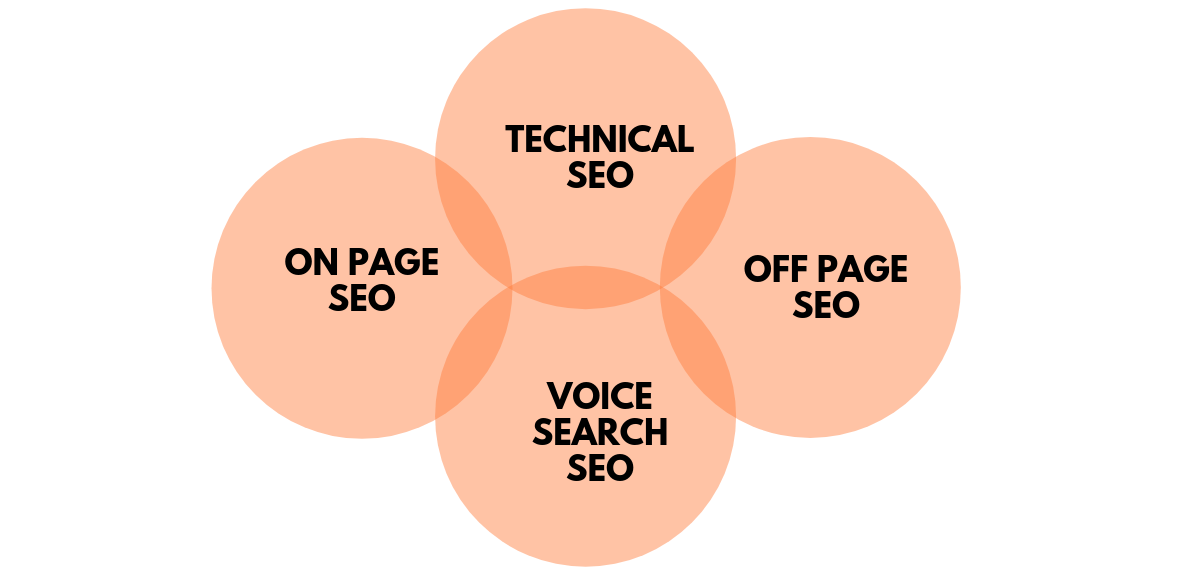

An SEO audit looks at a website's success in terms of how well it works and how visible it is in search engines. Finding ways to improve a website's search engine results, get more organic traffic, and improve the user experience is the primary goal of an SEO audit.

You can use several different tools to do a good SEO check. What tools you choose will depend on what you want to look at. For other parts of an SEO audit, these are some must-have tools:
1. Google Analytics:
This shows how many people visit your website, how they use it, and how well it's doing.
It helps determine which pages are popular, what kind of users they are, and more.
2. Google Apps for Search:
It gives information about how Google's search engine works with a website.
Gives details about page errors, search queries, and indexing.
3. SEOToolStack:
Helpful SEO tools for a complete look at your competitors.
Gives information about keyword results, backlink profiles, and organic search traffic.
4. Moz or Majestic Theme:
It helps with backlink research, like finding links that might be harmful.
Offers measures for domain authority.
5. The SEO Spider from Screaming Frog:
Searches through websites to find technical issues and on-page SEO aspects.
It helps find problems with crawling, like broken links, duplicate information, and more.
6. PageSpeed Insights or GTmetrix,
Checks how quickly and okay web pages work.
Find ways to improve load times through optimization.
Helps you figure out if a website is accessible for people with disabilities.
1. SEO for the page:
Checking title tags, meta descriptions, header tags, and other HTML elements to ensure they are relevant and work best is part of optimization.
I am checking how and where keywords are used in the text.
Checking the layout of the URLs and the links within the site.

2. Quality of Content:
Look over the overall quality, usefulness, and originality of the material.
Find problems with duplicate information.
Use of keywords and text optimization analysis.
3. Technical SEO:
A look at the structure and navigation of a website.
Checking the site's speed and how well it works on mobile devices.
Search engines' evaluation of how easy it is to crawl and store.
Fixing technology problems like broken links and error pages takes time and care.
4. Analysis of backlinks:
Checking the number and quality of incoming links.
It is finding backlinks that could be dangerous or toxic.
An analysis of the spread of anchor text.
5. Analysis of Keywords:
Reviewing the current keyword approach and how well it works.
Find out about new keyword possibilities.
Analysis of how popular a keyword is.
6. The user experience (UX) is:
Check how easy it is to use a website and how the user generally feels about it.
A look at the page layout, how easy it is to read, and the interactive parts.
7. Analysis of Competitors:
Seeing how well the website does compared to others in the same business.
Find out what strategies and tactics your rivals are using that work.
8. Metrics and analytics:
Review website analytics data (like Google Analytics) for user behavior, traffic trends, and other essential metrics.
9. If it applies, local SEO:
Checking the listings, citations, and optimization for Google My Business for area businesses.

10. Make sure your site works well on phones
It makes sense to check if your website has been mobile-friendly since 2019, when Google made it a ranking feature.
To do this, open Google Search Console and go to the Mobile Usability report. It will let you know if any URLs have problems that make them hard to use on a mobile device.
11. Make sure there are no problems with your sitemap
A sitemap tells search engines what pages you want them to crawl. Things like links, non-canonicals, and dead pages should not be on the list because they send Google mixed messages.
Making sure that your sitemap has the most important pages you want searched is essential.
12. Find old content that is losing its place to get it back.
Not every ranking lasts a lifetime. When information is out of date, search traffic to it will often start to drop off. But you can generally get rankings back by updating and publishing the content again.
In Google Search Console, it's easy to find material that is losing popularity:
a. Open the Search Results page.
b. Change the Date Filter to Compare Mode.
c. Click "Compare last 6 months to earlier period."
d. Click the "Pages" tab. e. Sort the table from least to most clicks.
Remember that these tools are helpful on their own, but using more than one of them together is often the best way to get a complete picture of how well a website is doing with SEO. It's also essential to manually analyze and make sense of the data to understand the situation and set priorities for actions based on what the website needs.
An in-depth report generally follows the audit and includes findings, suggestions, and a plan for improving the website's SEO performance. Making sure a website stays relevant and follows the latest search engine rules and best practices requires regular SEO audits.
Also Read: